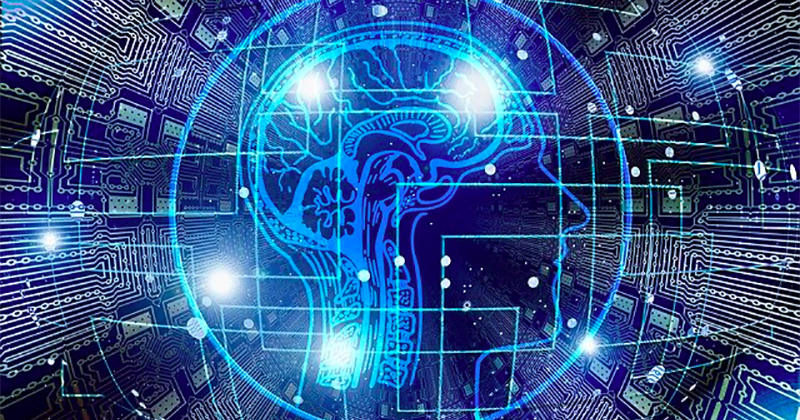New method shows great promise utilising already existing infrastructure
As electrification of society increases, and new distributed power sources and different types of loads are introduced in the power grid new challenges arise. This recent Energiforsk project used Eneryield's methods to classify and identify the root cause and direction of power quality (PQ) disturbances. Today, PQ is monitored by grid operators but with the use of AI an in-depth analysis can be achieved creating new opportunities to address the root causes of disturbances.
In this in-depth project Eneryield teamed with utilities where the analysis showed indications that the classification and identification of the root causes for direction of voltage dips and transients could be achieved. What this project showed is that already existing tools and infrastructure in place can be used to collect data for this type of machine learning analysis.
The project team managed to achieve results with an accuracy of up to 99% for classification, 95% for root cause identification, and 80% for direction identification. This development could have significant implications in the development of smart electricity grids.
–The project has been carried out according to plan and I am very pleased with the project result. We have an ongoing dialogue with Eneryield about a possible continuation based on the project's results, says Susanne Stjernfeldt programme responsible for Digitalisation and IT security in the electricity network.
Continuous development and improvement
A lot of data on PQ is already collected today, and we are working towards finding ways to utilise and analyse this data. However, to continue develop these methods and achieve accurate reliable results the quality of the data obtained by grid operators need to be secured. The rate of sampling needs to be improved providing data with a higher resolution and density.
A higher resolution of data would also entail other positive impacts related to prediction of energy consumption and analysis of other more complex disturbances and events. Such a development would also make it easier for grid operators to derive a clearer delineation of accountability for occurring disruptions.
Future work will entail providing a more user-friendly interface with integration into software already in use by power grid operators aiding in shortening the lead time for disturbance analysis and mitigation.
